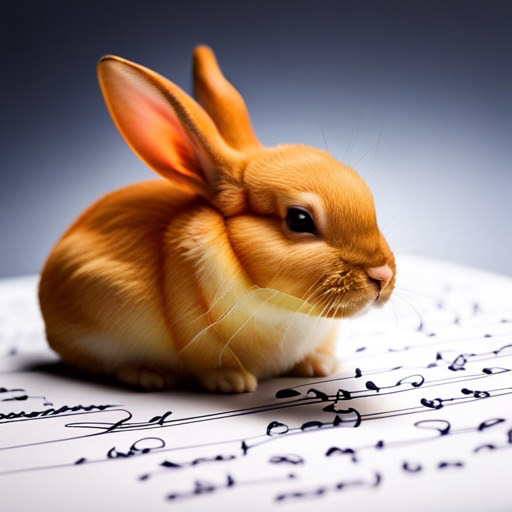Dear [Name],
I hope this letter finds you well. I was out for a walk this morning, and I saw a beautiful garden filled with sunflowers. It reminded me of that time we tried to grow sunflowers in your backyard. Although our gardening endeavor didn’t quite turn out as planned, the memory of our laughter and joy during those days fills me with warmth.
You’ve always had a way of making ordinary moments feel special, and it’s one of the many things that make you such an amazing friend. I am grateful for all the happy times we’ve shared together.
How are you? How is [perhaps their pet]? Have you been working on any interesting projects lately? I’d love to hear about what you’ve been up to.
Sending you lots of love and positive energy. I hope the upcoming days bring you joy and fulfillment. Know that you are in my thoughts, and I’m looking forward to catching up soon.
Warmest wishes, [Your Name]
P.S. Remember our cooking experiment? I came across a simple recipe for a lemon pound cake that I think we could manage. I’ll send it to you; let’s give it a try next time we meet!

“Thinking of You” letters are a wonderful way to let someone know that they are in your thoughts. They can also be a fantastic method to reconnect with someone you haven’t spoken to in a while. Here are some tips that I hope helps you create your own personal version of what I wrote above, the first few are things I have mentioned before as key to any good letter, but I added a few that are very much unique to this type of letter or card:
Be Personal: The more personalized your letter, the more meaningful it will be. Use your shared history, moments, and connections to make the recipient feel that this message is specifically for them. This could include fond memories, shared interests, or common experiences.
Express Your Thoughts Honestly: Be authentic and open about why you’re thinking of them. It could be because you came across something that reminded you of them, you missed them at a recent event, or you’re just generally thinking of them. Express your feelings honestly and from the heart.
Emphasize Their Impact on Your Life: This can make the recipient feel valued and appreciated. Detail how they have positively affected your life, such as making you laugh, supporting you in tough times, or teaching you something valuable.
Use Warm and Engaging Tone: Keep your tone light and engaging. This isn’t a formal letter, so it should feel friendly and comfortable.
Ask About Their Life: Show interest in their life and how they’re doing. Ask about events, people, or interests you know they care about.
Offer Well Wishes: Depending on the situation, it’s nice to offer some kind words for their future. This could be as simple as wishing them a good day or something more specific like success in a new job or a fast recovery from illness.
Close Warmly: Use a warm and personal closing like “Take Care,” “Missing You,” “With Love,” etc., followed by your name.
Consider a P.S.: If appropriate, consider adding a P.S. for something light and fun. It could be a joke, a shared memory, or even a fun suggestion like a movie or book they might enjoy.
Remember, there’s no one right way to write a “Thinking of You” letter. The most important thing is to be sincere and convey your sentiment honestly.
Please note that if you purchase from clicking on the link, some will result in us getting a tiny bit of that sale to help keep this site going

